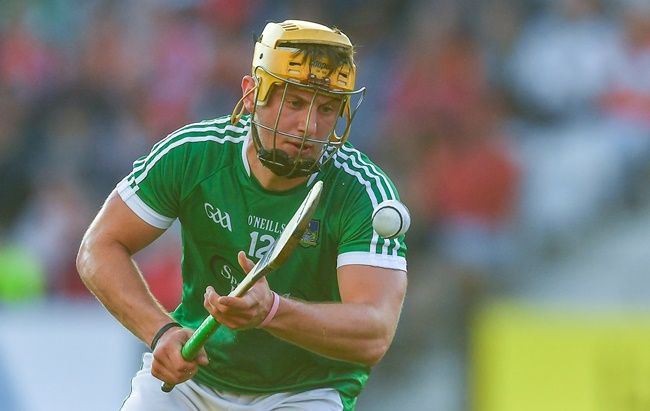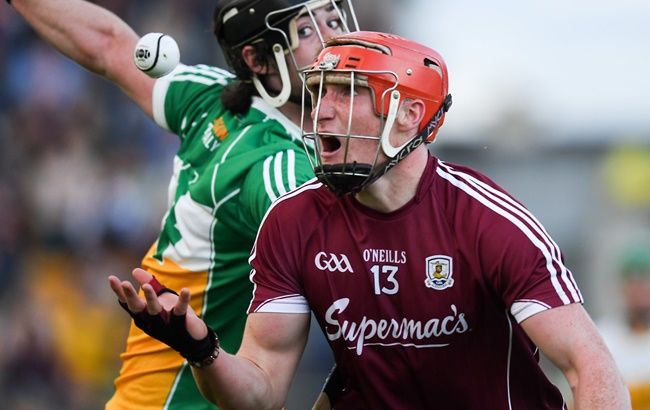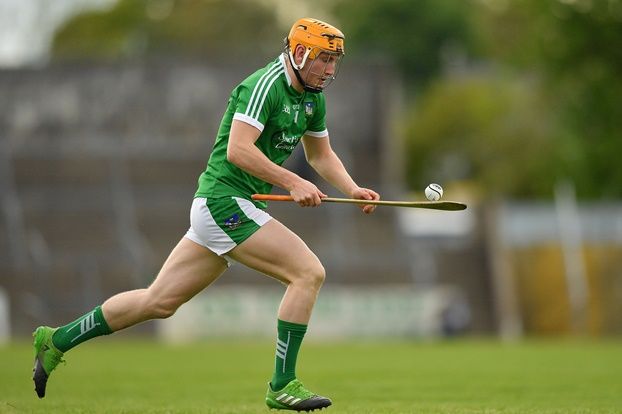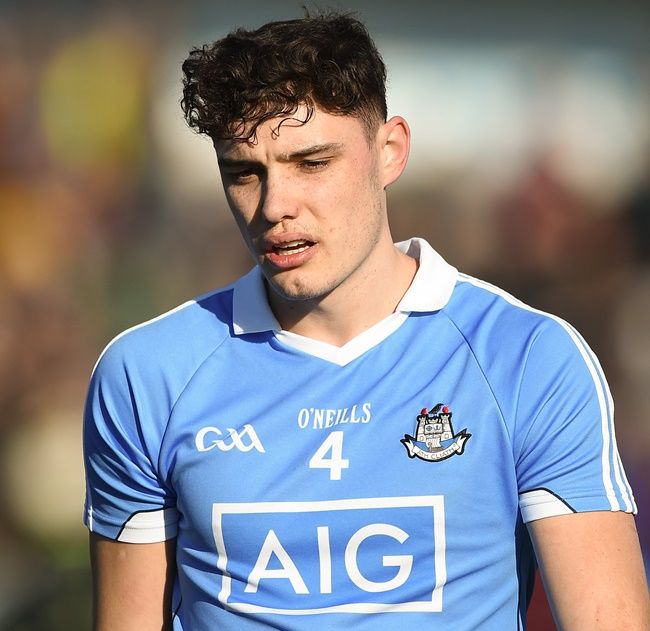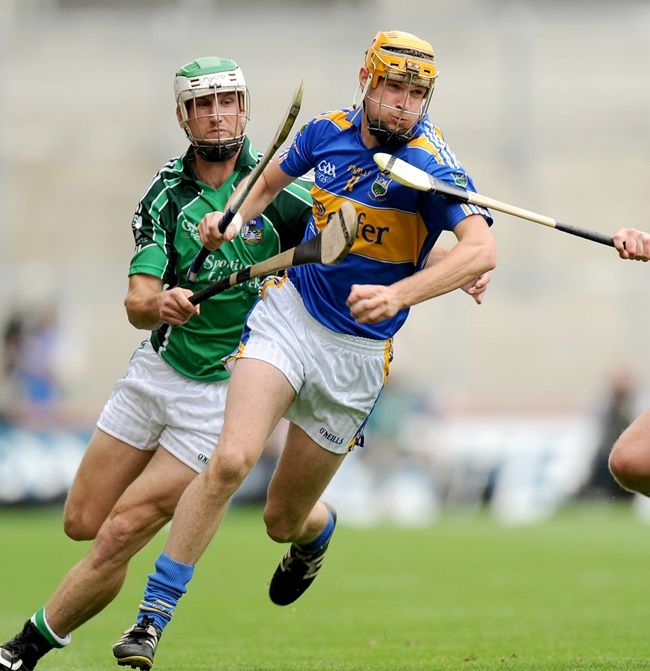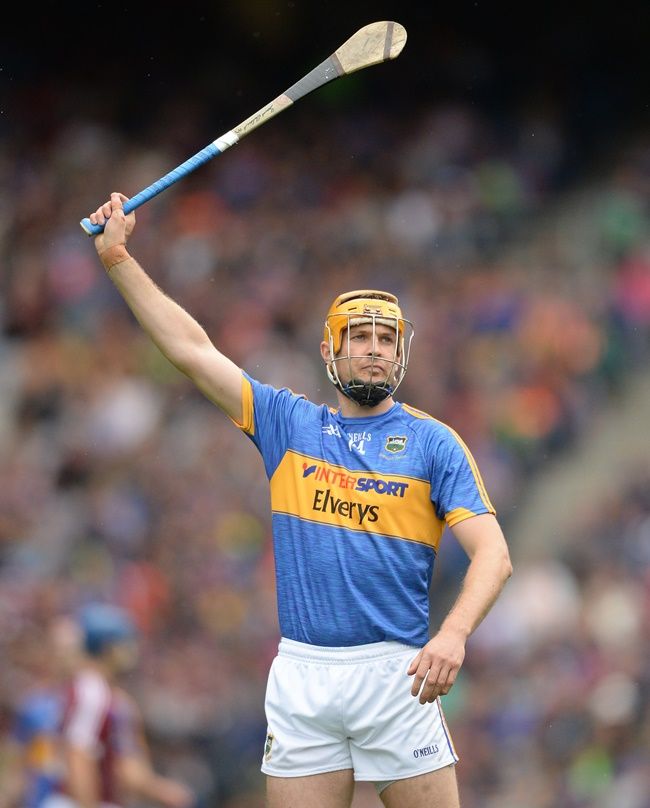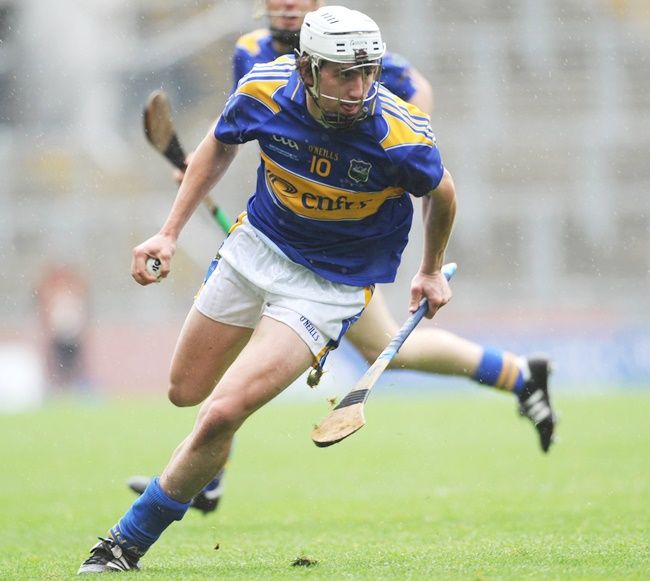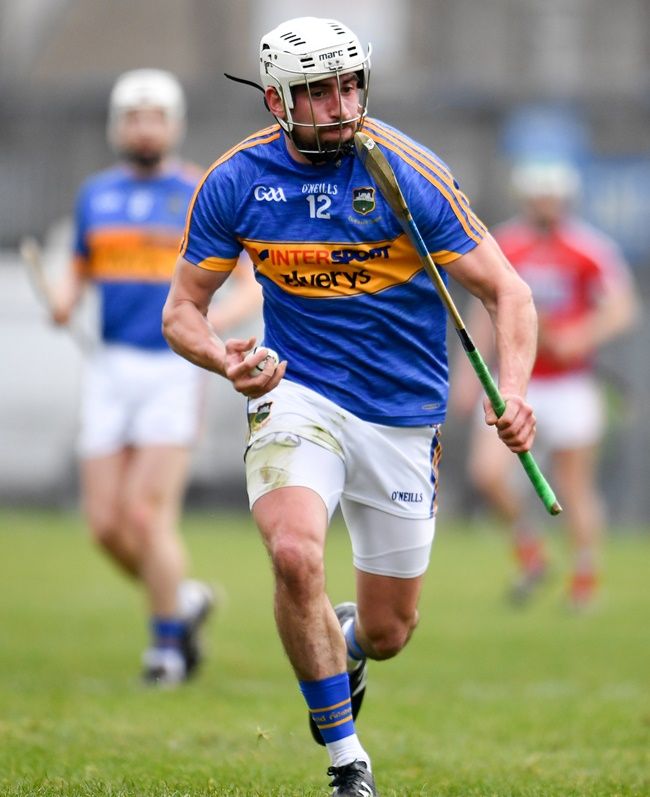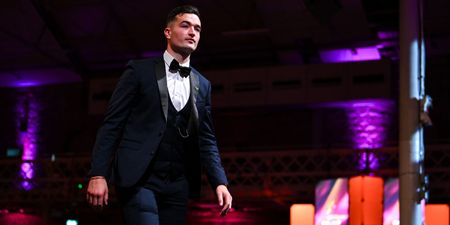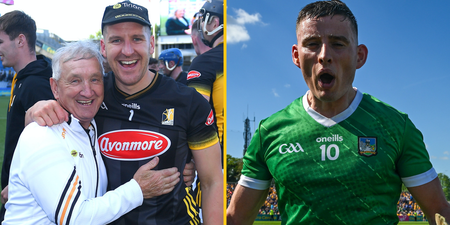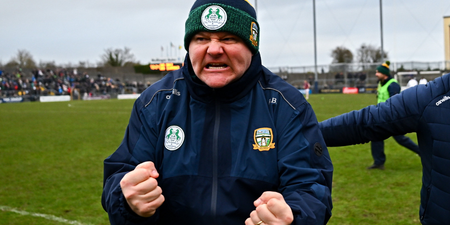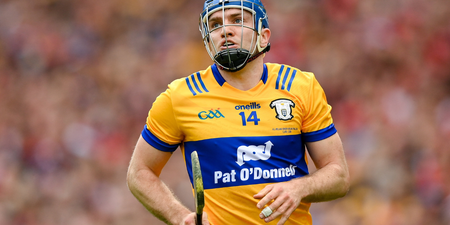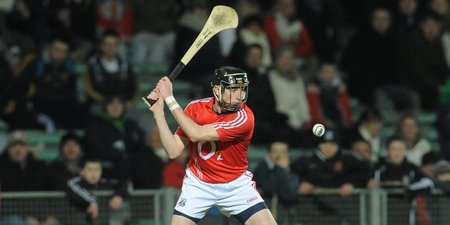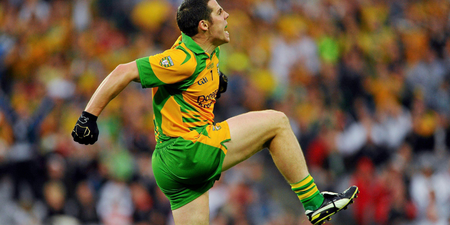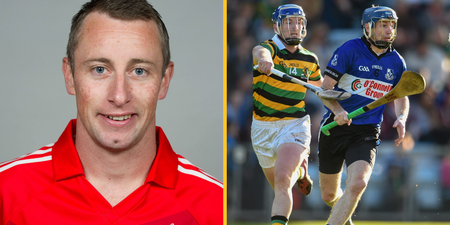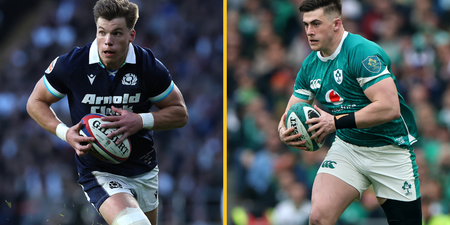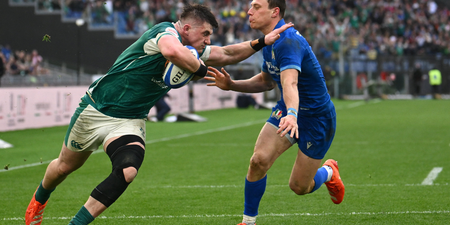Young lads are breaking onto the scene as fully grown men.
It’s no country for old men and hurling is reflecting that. It’s a young man’s game now and these young men are quickly changing the expectations and that we once took as gospel about them and about the game.
A few years ago, it would have been completely beyond the realms of possibility for a player to be hitting their peak performance levels at 21. Nowadays, many of the best hurlers in the country are 21 and 22.
Society changed in so many different ways during the childhoods and the teenage years of the 19-25-year-olds of the current time and as a result they’re reaching their peak much earlier, and they’re completely different animals to the 19-25 year-olds that went ten years before them.
Training techniques have become more refined and targeted. The workload is getting heavier and every team and every youngster is competing against the next.
Lads are filled out by the time they’re 22 or even 21 as a result. On top of being physically primed, they’re starving for work because they’re thinking about getting better of the GAA by whatever means necessary.
They’re gobbling up sport science advice like they would a protein bar. The 19-25 year-olds that went before them had their day in the sun and they’re getting pushed out of the way just like that.
Who are these youngsters?
Ready made giants of youngsters are taking over hurling now.
Tom Morrissey, 21, Limerick
Conor Whelan, 21, Galway
Seamus Flanagan, 21, Limerick
Eoghan O’Donnell, Dublin, 21
All of the above hurlers are as physically developed as the older players they’re competing with and possibly, on the verge of their own physical peaks already. There are loads more hurlers of that ilk bossing the game now. Take David Fitzgerald, Patrick Curran, Austin Gleeson, Martin Keoghan, Rory O’Connor.
There’s a serious contrast between these ‘young lads’ and the young lads of 2009.
Back in the early 2000s. There was little or no talk about strength and conditioning among senior players, never mind among underage teams.
As lads got older, they naturally got taller, bigger and stronger. They didn’t intervene majorly with their natural growth patterns and as a result they were reaching their peaks around the age of 27, 28, 29. They didn’t have youngsters breathing down their necks because the youngsters didn’t have the same physicality as them.
Take Tipperary pair Seamus Callanan and Patrick ‘Bonner’ Maher for example. Callanan and Maher would have been on Tipperary underage teams in the early 2000s where strength and conditioning programmes just didn’t exist.
When these lads reached the age of 20/21, they were much skinnier and less physically developed.
It’s a testament to the skills and talent of the pair that they made it at such a young age anyway, but their physical growth over the last ten years highlights the changes that have occurred in hurling better than anything else.
Seamus Callanan, Tipperary, 21 (2009)
And Callanan now…
Patrick ‘Bonner’ Maher, Tipperary, 21 (2009)
And Bonner now…
In 2009, this culture we spoke about was only starting to become a part of the game. It was a part of the game that caused a skinnier, lighter player than what was demanded, to hang up his hurl.
James ‘Cha’ Fitzpatrick was hungry to hurl. He wasn’t hungry for the gym and as a result the 2006 Young Hurler of the Year was lost to the game by the time he’d reached 26.
“To be honest, I didn’t really enjoy being an inter-county hurler. Every training session was a battle of survival. You’re under pressure from the word go. If you’re not on your toes, or in good form, you’ll be wiped out.”
“Winning All-Irelands on the big day was unbelievable, but overall it was tough going. Even going back in November/December for training I absolutely dreaded it,” he said to SportsTalk.
And there were lads rearing to take his place.
All you’ve to do is look at the Clare team of 2013. With an average age of 24, the All-Ireland winners were tipped to go on and dominate hurling for years to come mainly because of their youth and it was taken as a given that as they got older, they were only going to improve.
What people forgot is that this team, despite being young, had already reached a peak and as it turned out, they didn’t improve with age, they actually got worse.
They can only be starving for so long and as soon as that hunger weans, there’s a new bunch coming for their tails.
Clare are getting back on track now, but the stall in their growth progression goes to show that it takes a manic mindset, as well as physicality to succeed now.
If you get your chance nowadays, there’s no building for next year, there’s no tomorrow, you have to take it now.
Nowadays, you have every inter-county development squad in the country hitting the gym as young as under-14 level. Any GAA playing minor in the country who’s not lifting weights is an outlier.
Back in 2009, heck, back in the 1980s the players would have went to the same crazy lengths to better themselves as the young lads do now but the culture or the training methods just wasn’t there at such a young age.
“I was never inside a gym until I finished playing,” said Cork legend Jimmy Barry Murphy once.
As a result, the game is different for spectators and it’s completely different for players.

